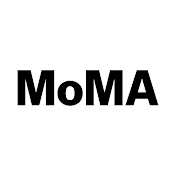Maker/Artist
Daguerre, Louis-Jacques-Mandé
French inventor, scenographer, and daguerreotypist, 1781-1851
Daguerre first made his name designing detailed and elaborate stage sets for operas. In 1822, he and his partner Charles-Marie Bouton opened the Diorama in Paris. The building served as a venue to combine lighting effects and painting to create the illusionistic effect of moving pictures and changing scenes. The popular attraction made Daguerre internationally famous. In 1826, he formed a partnership with Nicéphore Niepce, who had been experimenting with a rudimentary photographic process. After Niepce's death, Daguerre continued with the experiments, which eventually led to the invention of his daguerreotype photo process in 1833. Daguerre did not officially release his invention to the public until 1839, after selling it to the French government in hopes of making a profit. With the money he earned from the sale of the daguerreotype process, Daguerre retired to Bry-sur-Marne the following year.

